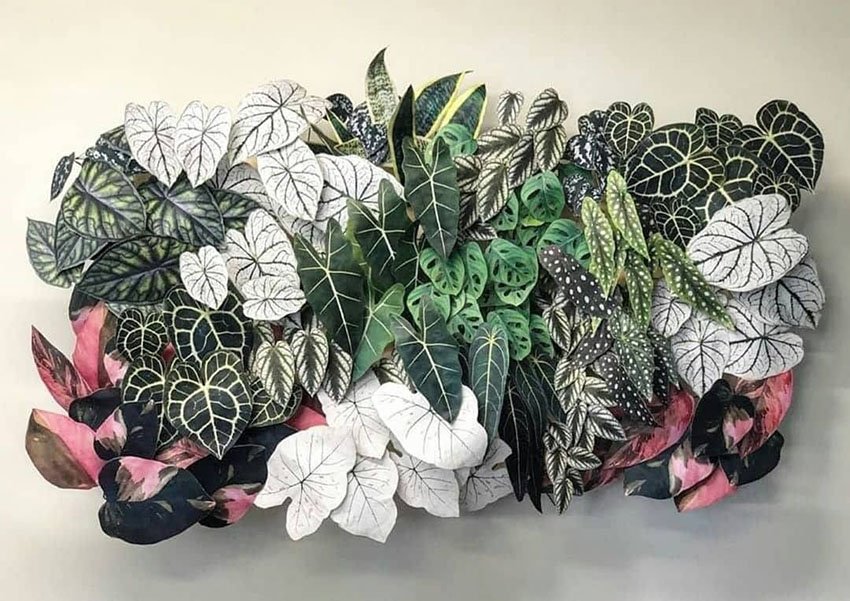Do you searching for an easy-care, attractive, and fast-growing houseplant, then Peperomia is for you. Peperomia is a gorgeous-looking house plant. Heart-melded leaves and foliage surface comparable to a waffle make developing a Peperomia-like Peperomia caperata a joy.
The alluring leaves and stems may have a gleaming or burgundy tint looking through the green. Peperomia Obtusifolia, the infant elastic plant, incorporates more good men.
The peperomia could be perpetual with plump evergreen leaves, substitute or verticillate, circular or cordiform, on long petioles. The blossoms are, for a significant portion, discrete and white with erect ears.
What is a baby rubber plant

Peperomia plant is commonly known as the American rubber plant.
This is an attractive and fast-growing house plant.
The plant has gained the Royal Horticultural Society’s Award of Garden benefit.
Other names of Peperomia plant
The botanical Name of this plant is “Peperomia spp”.
Another Name of this plant is Baby rubber plant, shining bush plant, pepper elder, radiator plant.
Origin (History) of this plant
Peperomia could be a member of an oversized family of some five hundred decorative foliage plants and is said to pepper.
There area unit some 1600 native species. Within the wild, the plant grows within the Amazon region of South America, ideally beneath trees wherever it’s heat and shady.
Leaves and flower of Peperomia
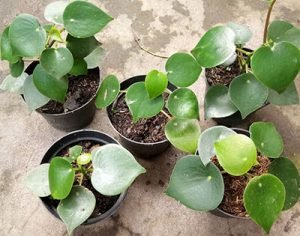
Leaves
Peperomia plants Leaves indicate that the plants do not want frequent watering to take care of vigor.
Permit the surface of the soil to dry out between watering.
Keeping the herb on the dry facet is best than saturating it, ending up in plant disease and plant gnat issues.
Flower
Peperomia flowers usually are available in yellow to brown cone-shaped spikes. These tropical perennials are fully grown for his or her decorative foliage. They’re essentially natives of tropical America. They’re compact and typically don’t exceed thirty 30 cm tall.
Steps of planting peperomia tricolour
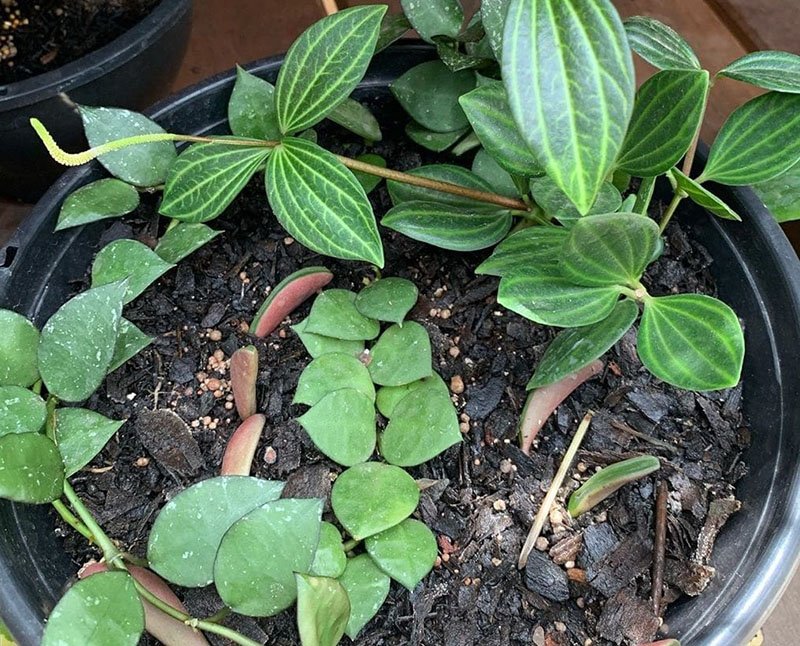
When to plant?
Springtime is the best time to this plant.
Where to plant peperomia?
Peperomia plants quickly grow on a pot.
What type of soil to use in peperomia
Don’t use regular soil (garden soil) to plant. you should not use the cheapest potting soil. You will use high-quality organic potting soil. The soil ought not to be excessively prolific.
Peperomia plants are like well-drained potting soil. A soil composed of peat greenery, soil or any soil blend with great waste can be utilized. The soil ought not to be excessively prolific.
How much sun does peperomia want?
Peperomia plants want a medium to bright lightweight to keep up their vibrant foliage colours. Morning lightweight and filtered lightweight is ok, similarly as twelve to sixteen hours of artificial lightweight. Shy lightweight can lead to fewer leaves, leaf drop, and drab coloration.
How much space does peperomia need?
Peperomia plants need small space. Peperomia mature spread is only approximately 20-30 cm (8-12 inches).
How huge will a peperomia plant get?
Although there are such a lot of species of herbaceous plants, all of them tend to be tiny and slow-growing, with most growing no more than 30 cm and solely a couple of growing up to a pair of 60cm.
There are bushy and trailing varieties; however, the mature unfold of the most herbaceous plant is or so 20-30 cm.
How to care peperomia plant?
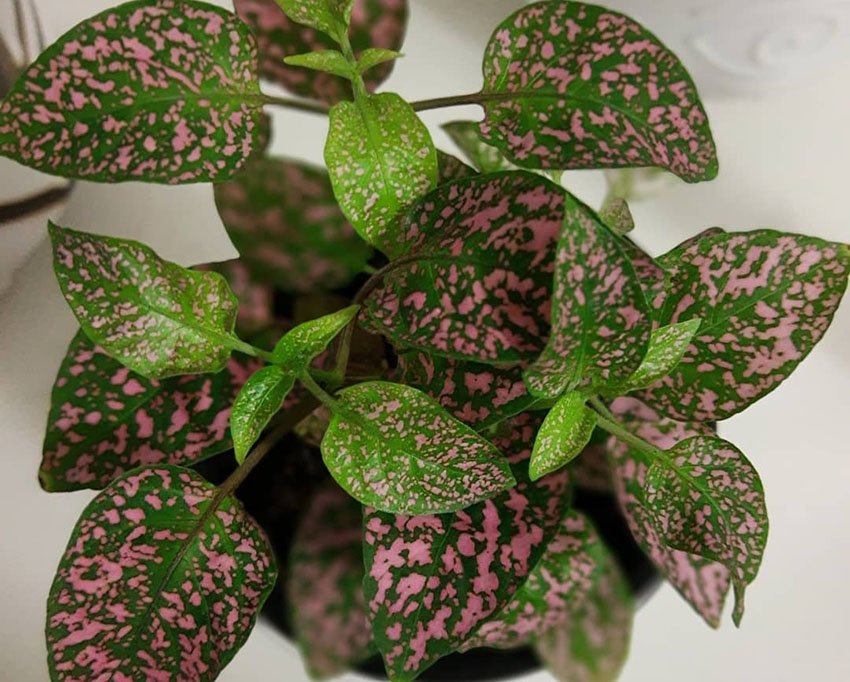
Watering
The herbaceous plant will best once it’s watered from its roots. The plant’s soil ought to be dry before you water the plant once more. Therefore, if you’re growing it as a flora, let it sit during a pan of water for a couple of minutes each seven to ten days.
This plant with waxy leaves wishes to have the soil dry out between watering ones with milder, diluent leaves have to be compelled to be designed a parcel of more often than not. A damp meter will affirm once it is time to water your plants.
Peperomias hold up in their thick succulent-like leaves and stems; thus, they’re going to be happy if you abandon them for a couple of weeks of vacation. They like the soil to get into between watering’s, and thus as a general rule, you’ll expect to water them solely each alternative week.
Sun-light
Peperomia plants will do best in bright and indirect sunlight. An east or west confronting window sill is perfect for them at most times of the year.
Put peperomia plant somewhere when it is getting insufficient light; it will become leggy as it stretches towards the available light.
On the off chance that this happens, you’ll effortlessly prune it back to hold the compact appearance of the plant. Fair be beyond any doubt to move the plant to a more fitting area on the off chance.
Pruning process
In the pruning method, examine the parallel herbaceous plant to spot all of the expansion that must be cut. Find any dead, broken or weak stems and any branches with stained or misshapen leaves.
The symmetrical growth habit is healthier ascertained from a couple of feet away, thus stand back and appearance at the plant.
Note any out-of-place branches and mark them with a bit of string or chalk to remove them. Clip the unwanted growth at its purpose of origin and pinch off any dead leaves by hand.
Healthy stems is saved and accustomed to propagate new parallel herbaceous plant plants, thus keep them cut loose from the dead or broken branches.
Propagation
Cut a leaf with an in. of the stem from the mother plant within the spring once growth is most active. Place the stem during a tiny instrumentality of sterile potting soil.
Keep the soil perpetually moist you’ll cowl the cutting with a cloche or a transparent instrumentality to retain wet.
Roots can kind during a few weeks, and you’ll transplant the cutting once it outgrows its initial instrumentality.
Fertilizer
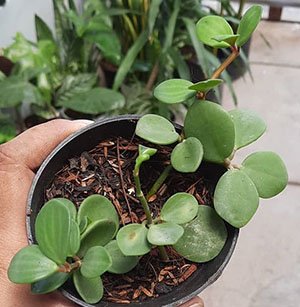
Peperomia species have Very light fertilizing necessities, and you’re a lot of probably to possess issues if you fertilize too, usually compared to fertilizing too occasionally.
Use a balanced 10-10-10 water-soluble fertilizer once per month throughout the season for my herbaceous plant plants.
Peperomia plants need to be pretty careful not to over-fertilize herbaceous plant plants, as this may cause a mix of issues leading to toxicity of some nutrients and deficiency of others, which can result in your plant changing into terribly sad.
Winter care
They were doing well all year till this winter. In cool weather, peperomia plants want less water and no fertilizer the least bit. Shrink on your water, let the soil dry out, eliminate any fertilizer and move your herbaceous plant to a bright heat location. Hopefully, it’ll recover presently.
Propagate by leaves cutting in peperomia

Cut off the leaf wherever the leaf joint intersects with the stem.
Once you’ve got new cuttings, get them potted up quickly. Don’t wait quite hours. Dip the tip of the cutting in development powder to hurry up the method.
Stick the cuttings upright within the soil and gently pat them down so that they don’t break down.
If the cuttings don’t awaken due to the leaves area unit large, you’ll trim off half every leaf.
Create a mini-greenhouse to keep things wet. Punch several holes during a massive bag and work it over the pot, victimization chopsticks or stakes to assist hold it up and off the plant.
As an alternative, you’ll use AN empty bottle by isolating the spout and creating tiny holes within the base. Place it over your cuttings, sort of a dome.
Put your mini greenhouse during a location that’s temperature and out of the full sun. Be cautious of direct daylight since herbaceous plant cuttings burn. Take away the dome every few days; therefore, the tiny greenhouse will air out and stop the rot.
Keep the soil dampish, however, not saturated.
How to grow Peperomia in water
Growing peperomia in the water process is incredibly like that of maturation pothos cuttings in water. You interrupt a stalk, not just a leaf and pop it during a cup of water. Mine began developing tiny white, almost-translucent roots once during six weeks.
Please give it a couple of additional weeks to see the initial signs of the tiny white roots. Then transplant it into a tiny low pot and still baby it as you’d the other new plant. Please keep it in wet surroundings, and keep it damp; however, with adequate airflow, therefore, it doesn’t get musty.
Reporting of baby rubber plant
Repotting your peperomia every few years has its blessings if you wish to worry for them properly. Transferring to a bigger pot and dynamic soil helps to supply enough nutrients for the plant. Also, repotting helps to enhance evacuation and makes it easier to worry about your plant life.
Repotting can even facilitate a herb if you think that your plant is dying thanks to overwatering. To pot your plant, rigorously take it away from the instrumentality and shake off excess soil.
If the soil is too damp, try and eliminate the maximum amount of it as you’ll be able to. Check the roots and prune off any that area unit broken or morbid.
Pot the plant in a very new instrumentality with loamy, peat-based potting soil. After repotting your peperomia, it’s essential to worry about it properly. So follow the watering tips that the area unit mentioned during this article.
Types of Peperomia plant
Peperomia rotund folia
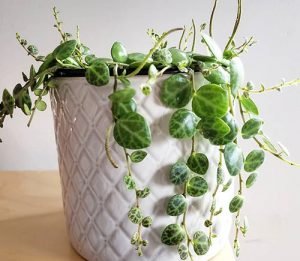
This is additionally called jade necklace, trailing jade, crawling buttons, and spherical leaf herbaceous plant, could be a trailing plant species of herbaceous plant native to the tropical rain forest of South America. It was 1st represented by Carl von Line and got its current name from Carl Sigismund Knuth.
Peperomia albovittata
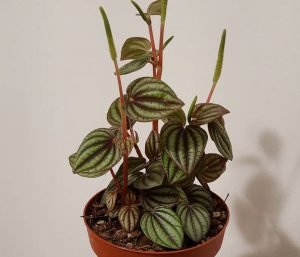
Peperomia albovittata could be a species of plant within the dicot family. It’s endemic to Ecuador.
Peperomia pellucida
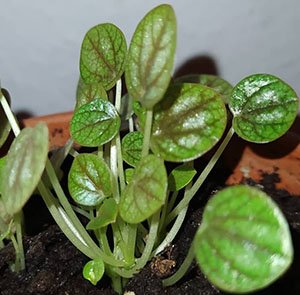
This is an associate degree annual, shallow-rooted herb, typically growing to a height of fifteen to forty-five cm; it’s characterized by succulent stems, shiny, unsub divided, fleshy leaves and tiny, dot-like seeds connected to many mature spikes.
Peperomia nivalis
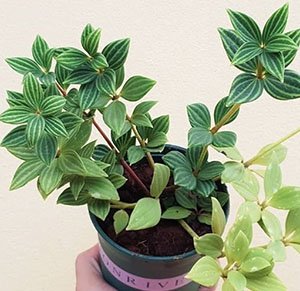
This is a species of plant native to South American country. it’s generally unbroken as a decorative plant.
Silver Mound peperomia
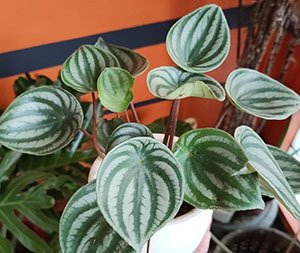
This is a bushy rosette of spherical simple, thick leaves that area unit a shiny silver if they do not receive an excessive amount of light-weight.
A sport of this species, ‘Blackie,’ has leaves of a golden olive-green to achromatic copper, looking on the sunshine.
Peperomia caperata
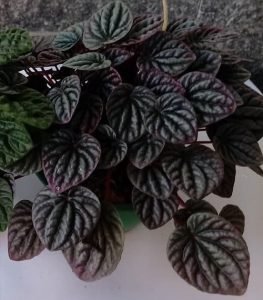
This develops a dense cluster of circular, unsub divided leaves of forest or dark inexperienced, deeply furrowed and thick.
Its selection ‘Tricolour’ could be a varicolored sport several enthusiasts collect.
Interesting Facts
- The peperomia plant is a horny addition to a table, a table or as a member of your flora assortment.
- One distinctive facet of peperomia is that everyone that their foliage purifies the air
- Peperomia reduces the amount of methanol inside by forty-seventh.
- The Rubber Tree is cyanogenic to dogs and cats.
- Contact with the skin will cause eczema, whereas uptake will cause oral irritation, securement and innate reflex.
Question related to this plant
1. When is the best time to plant peperomia?
Spring time
2. Do peperomia plant spread?
Not much
3. Can peperomia grow in full sun?
No
4. Is peperomia an annual or perennial?
Perennial
5. How long will peperomia want grow?
Don’t soak the complete stem, or the cutting will not get enough element. In 2-6 weeks, you will see roots growing out of the leaf nodes.
Reference :
Also read :
Kamal Flower – The King Of Mountain Range Flowers
Have some questions Or suggestions? Use our comments section on this blog! You can feel free to leave a comment or two down below and we’ll get back to you as soon as possible!
We love reading your messages……

